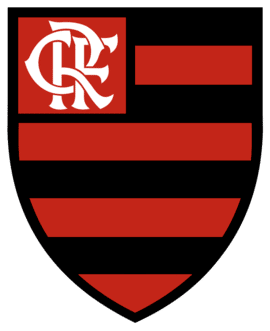Clube de Regatas do Flamengo Tryouts
Clube de Regatas do Flamengo, commonly referred to as Flamengo, is a Brazilian sports club based in Rio de Janeiro, Brazil. The club competes in the Campeonato Brasileiro Série A, the top flight of Brazilian football.
Flamengo Youth Development System
Flamengo Schools
At the Flamengo School, many of the future stars of Brazilian football will be revealed, but all in due time. At first, we try to develop a gradual work, respecting the age group and the aptitude of the students.
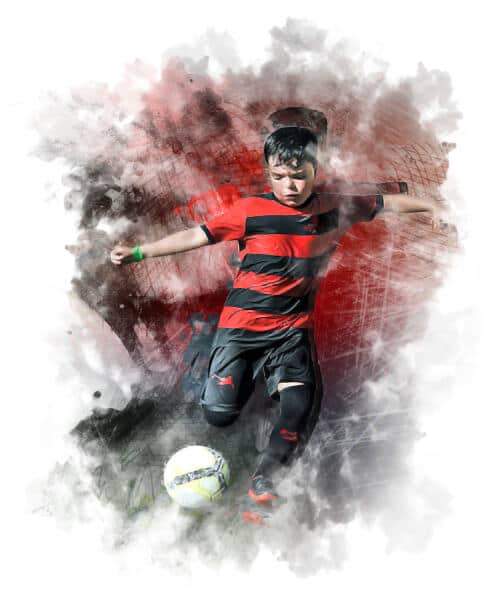
Our classes are dynamic and recreational with natural exercises that enable students to develop their motor skills better. We work to give young people a physical structure for any activity they come to do. Thus, over time and according to age, performance will be more satisfactory and the result more positive.
Clube de Regatas do Flamengo offers different types of classes. These classes are passed on to the teacher of each unit, who decides which one to pass on to students based on their daily goal. In addition, these classes rely on the Flamengo methodology, that is, they are similar to the base of the club so that the student can evolve his football on the Contanto field, another objective of the Flamengo School is the growth outside the four lines. Therefore, we also have the mission of personal evolution of each student.
Flamengo Scout
Do you know that dream of being a soccer player and wearing Mengão’s shirt? With the new application developed by Clube de Regatas do Flamengo it gets closer to becoming reality.
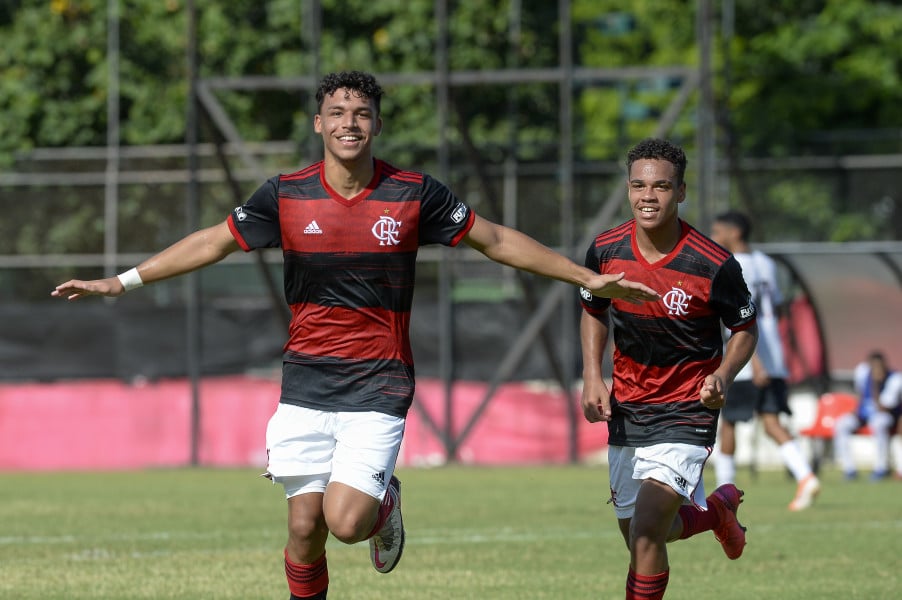
Flamengo Scout, an application developed by the Clube de Regatas do Flamengo, allows teachers to monitor and record the performance and evolution of their students, enabling the discovery of new talents.
This online technical evaluation platform is a battery of tests, which will send the results of all students from Escolinha Fla directly to the Clube de Regatas do Flamengo. With this, the Club can make a comparative analysis with the athletes that are in the base and the students of Escolinha Fla. If any student stands out, they will be referred to an evaluation in Flamengo.
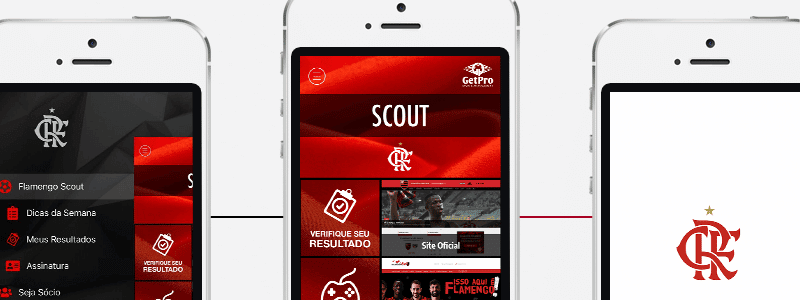
There are 4 Flamengo Scout evaluations per year, where all units can apply the batteries of tests to students and, who knows, reveal the next ace of Mengão!
To download Flamengo Scout, just access the Apple Store or Google Play . This tool is free and available for all Flamengo School players.
Just like Vinícius Junior, Lázaro, Felipe Vizeu and full-back Jorge were revealed in units of the Flamengo School, many other talents may arise!
Affiliated Flamengo Schools in Brazil
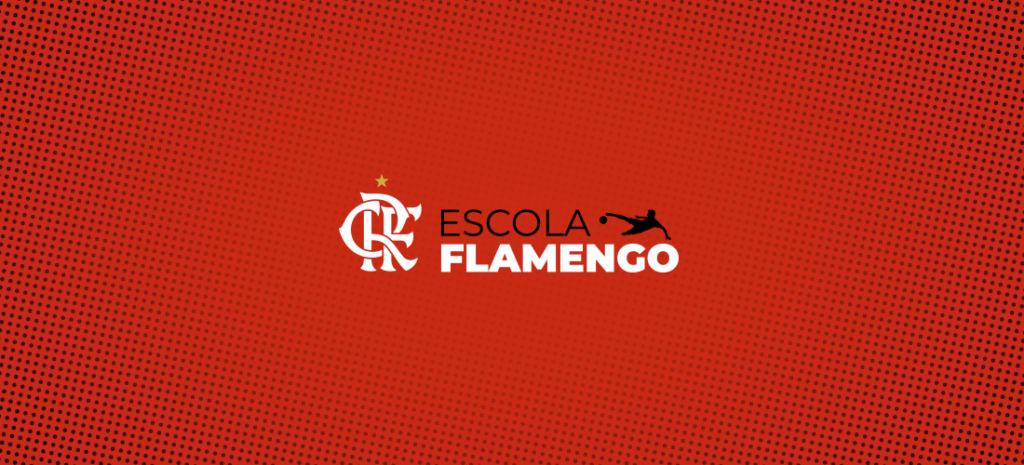
For a complete list of affiliated football schools in Brazil, please click here.
Additional general questions can be sent to Flamengo by filling out their form by clicking here.
To take an experimental class from their school, please click here. Note: website language is Portuguese. If you need to translate, you will need to add a browser plugin to translate to your desired language.
Social media:
https://www.facebook.com/escolaflamengo/
https://twitter.com/escolinhafla
https://www.instagram.com/escolaflamengo/
https://www.youtube.com/user/EscolinhaFla
EXPLORE MORE CLUBS!
Explore more professional clubs by continent.
Flamengo History
Rowing was the original purpose for the club’s founding in 1895, but they didn’t compete in their first formal contest until 1912. The traditional Flamengo uniform consists of striped shirts in red and black, white shorts, and striped socks in red and black. The shoes are black with red stripes. Since the stadium’s opening in 1950, Flamengo has played the majority of their home games at the Maracana, which is the national stadium of Brazil.
However, there have been a few exceptions in more recent years. Since 1969, the vulture, which is known as the urubu in Portuguese, has served as Flamengo’s most recognizable symbol. Flamengo established themselves as one of Brazil’s most successful sports clubs in the 20th century during the era of state leagues in Brazil when they captured several Campeonato Carioca (Rio de Janeiro state league) titles prior to the establishment of the first Brazilian national football championship in 1971.
These victories helped Flamengo establish themselves as one of Brazil’s most successful sports clubs. Since then, they have continued to enjoy success in Brazilian football, having won a record 36 Campeonato Carioca titles, as well as six titles in the Campeonato Brasileiro Série A and three titles in the Copa do Brasil. They are one of just three clubs in Brazilian Serie A history that have never been demoted to a lower division. The greatest victories for the club came in both the 1981 and 2019 Copa Libertadores, as well as the 1981 Intercontinental Cup, which they won against Liverpool.
Zico, the most famous player in club history, was the driving force behind both victories. The other three teams that make up Rio de Janeiro’s “Big Four”—Fluminense, Botafogo, and Vasco da Gama—are the opponents that Flamengo takes the most pride in competing against.
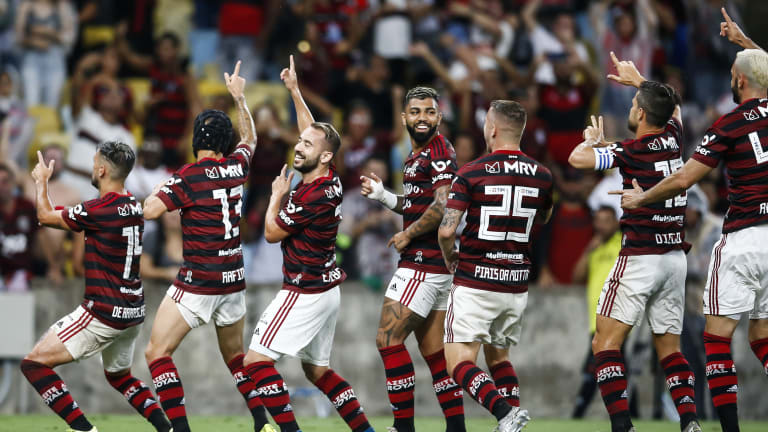
As of the year 2020, Flamengo has more over 40,2 million supporters, making it the most popular club in all of Brazil. With an annual revenue of R$950.0 million (€163.04 million) and a valuation of approximately R$2.9 billion (€469.21 million), it is also Brazil’s wealthiest and most valuable football club.
Stadium
Since its creation in 1950 for the World Cup, the Maracana has mostly functioned as the home ground for the four most successful clubs in Rio de Janeiro. After 17 years had passed since construction had first begun, the stadium was declared finished in the year 1965. The Maracana Stadium hosted a match between Flamengo and Fluminense in 1963, and it was attended by more than 194,000 people. Because of the vast number of people who could fit inside the stadium, Flamengo was able to have the most devoted fans of any club in Brazil during the better part of the 20th century.
Zico scored his last goal in the ancient stadium in 1989, bringing his total number of goals scored in the Maracana to 333, which remains the record to this day. On July 19, 1992, during the second match of the finals of the 1992 Campeonato Brasileiro Série A between Botafogo and Flamengo, an upper stand in the stadium collapsed, resulting in the deaths of three spectators and the injuries of fifty others. The incident took place at the stadium. In the wake of the tragedy, the stadium went through a transformation in the late 1990s that turned it into an all-seater venue.
As a result, the capacity of the venue was drastically reduced. After celebrating its 50th anniversary in the year 2000, the stadium received modifications that brought the total number of people who can fit inside to approximately 103,000. After years of planning and a closure that lasted nine months between 2005 and 2006 (during which time Flamengo played their home matches at Volta Redonda’s Estádio Raulino de Oliveira and Portoguesa’s Estádio Luso Brasileiro), the stadium finally reopened in January 2007 with an all-seated capacity of 87,000. In 2010, work began on a significant renovation project in preparation for the 2014 World Cup, as well as the Olympics and Paralympics in 2016.
The old seating bowl, which had a two-tier arrangement, was torn down to make space for the installation of a brand-new seating bowl with just one level.
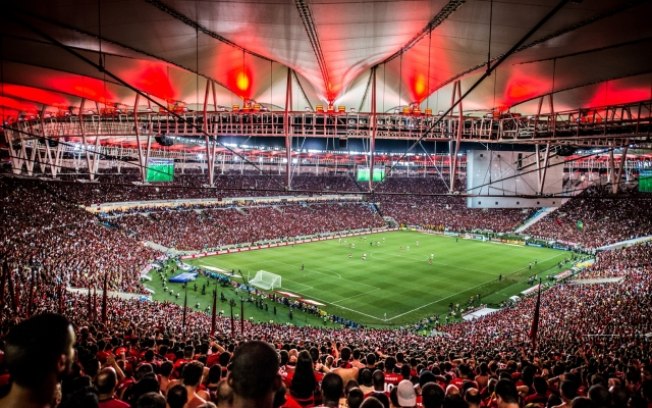
Since 2013, the Brazilian firm Odebrecht has been responsible for the stadium’s management on an official basis. This has led to poor rental agreements for Flamengo, who do not formally administer the stadium and often owe rental fees for matches with attendance that is higher than their ticket sales. This is the case even for matches that have a large number of people in attendance. The most recent rental contract was executed in 2018, and it will remain in effect through the year 2020.
In April of 2019, Flamengo and Fluminense came to an agreement with the state and the operators of the Maracan to serve as joint managers of the venue for the following six months. This deal allowed the clubs to pay a fixed monthly fee and receive a higher share of matchday revenue than was granted under the previous deal. In addition, the clubs were able to serve as joint managers of the venue for the following six months.
Crest
Throughout Flamengo’s history, the club’s crest has undergone a few minor modifications. The majority of the alterations have been made to the monogram consisting of the letters interlocked, with the most recent redesign being presented in 2018.
The club has three different crests that it uses in a variety of contexts: the full crest is used as the club’s official logo, the rowing crest is used for all rowing-related uniforms and equipment, and the white “CRF” monogram is typically the only component of the crest that is worn on the primary football uniform.
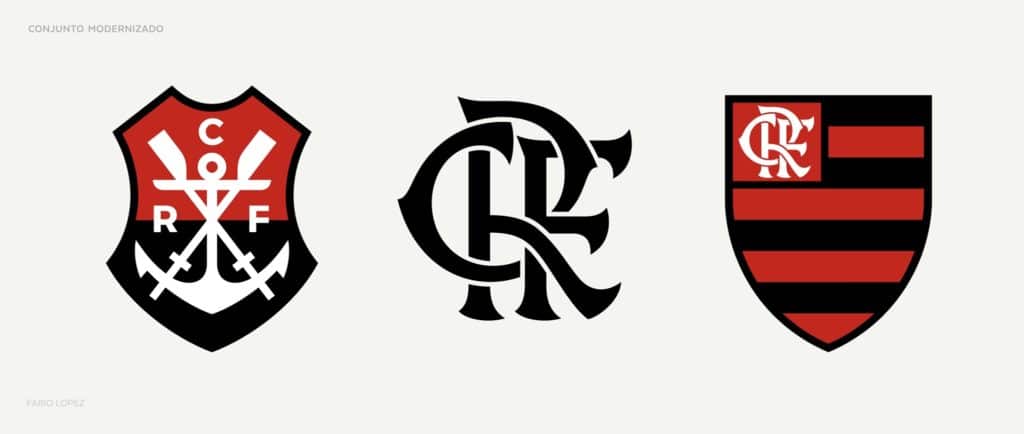
In order to commemorate their three state league tri-championships (1942–43–44, 1953–54–55, and 1978–79–79 Special), Flamengo began to add three white stars to the side of their monogram crest in 1980. These stars were aligned vertically and shown in a line along the side of the crest. In the year 2000, Nike took over as Flamengo’s kit supplier, and the club’s very first uniform included the full shield emblem with three stars placed on it for the very first time.
In order to commemorate the 20th anniversary of the 1981 Copa Libertadores and Intercontinental Cup championships, a fourth white star and a gold star were added to the crest after the fourth state league tri-championship (1999-2000-2001). This also occurred after the fourth state league tri-championship (1999-2000-2001). Since 2005, the sole embellishment added to the club’s shirts is a single gold star placed atop the “CRF” monogram logo.

